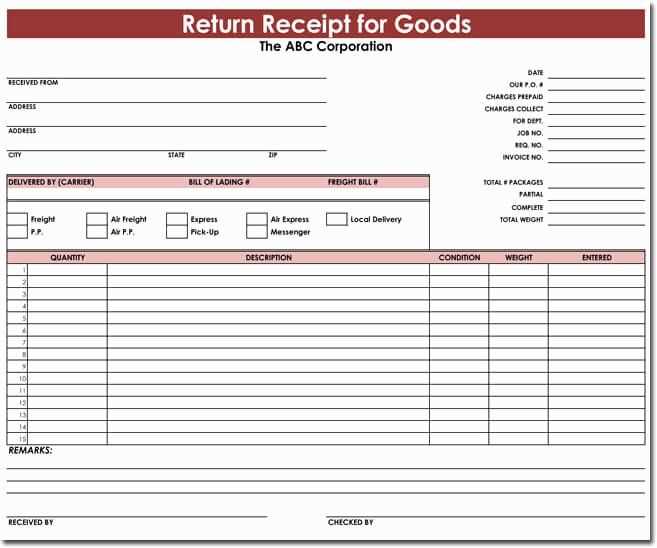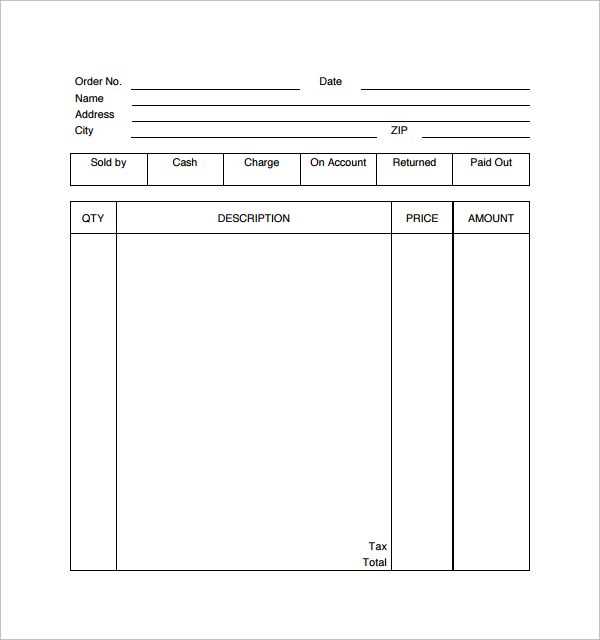
Having a clear and accurate gun purchase receipt is a must for both buyers and sellers. It serves as proof of transaction and helps to comply with legal regulations. A well-structured receipt ensures that all necessary details are included, providing transparency and security for both parties involved.
Make sure to include key details on the receipt such as the buyer’s and seller’s names, transaction date, firearm make and model, serial number, and purchase price. Adding this information will not only help avoid confusion but will also support any future inquiries or legal requirements related to the purchase.
Include proper disclaimers where necessary, especially if specific conditions apply, such as age restrictions or background check status. A receipt that outlines such terms can help clarify the buyer’s eligibility and ensure that the sale complies with local laws.
For added security, always keep a copy of the receipt, either in digital or printed form. It acts as a safeguard in case of future disputes or verification requests. This simple yet crucial step can protect both parties and streamline any necessary legal processes down the line.
Here are the corrected lines:
Ensure your receipt includes the following details to maintain clarity and compliance:
1. Seller Information
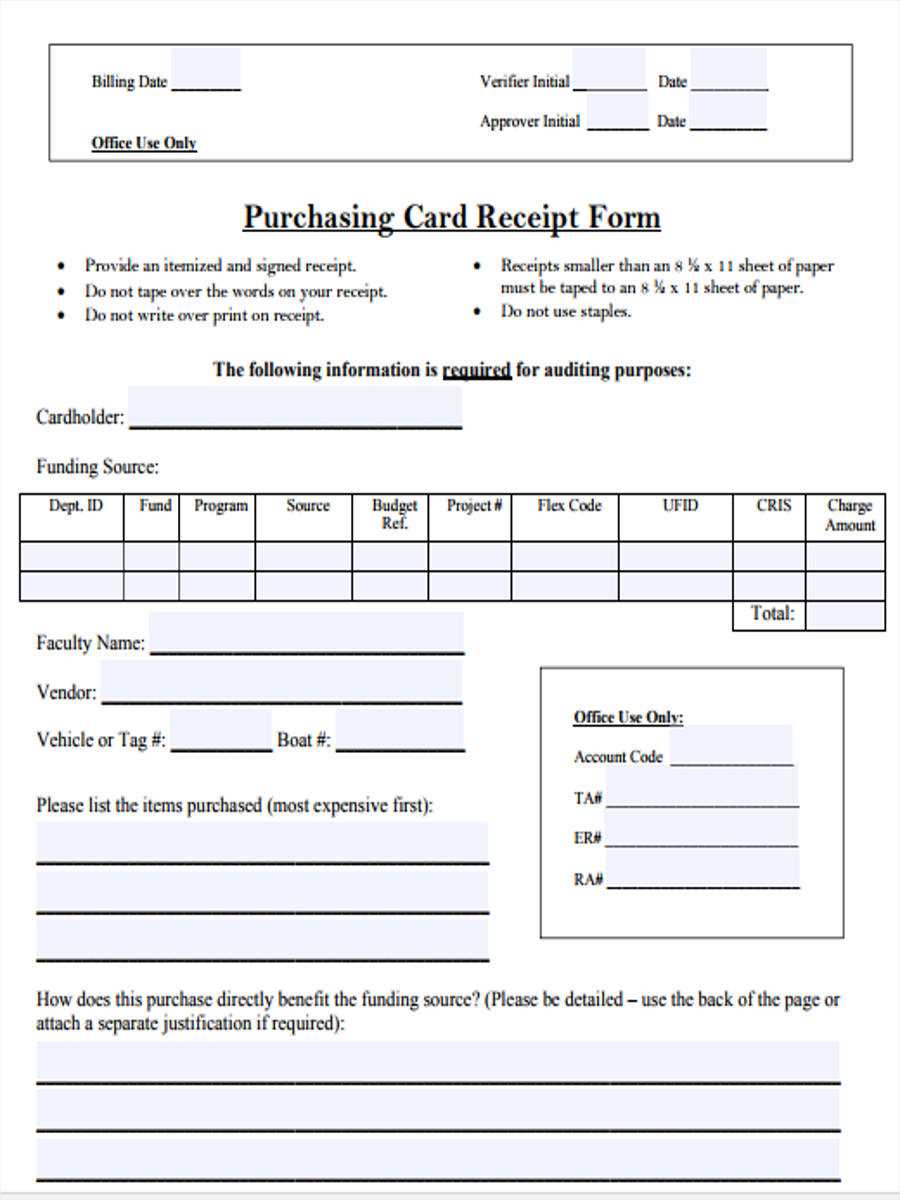
The name, address, and contact details of the seller should be clear and accurate. This information confirms the legitimacy of the transaction and helps in any future communication or issues related to the purchase.
2. Firearm Details
List the firearm’s make, model, caliber, and serial number. This is essential for both legal purposes and for verifying that the correct product was purchased.
3. Buyer Information
Include the buyer’s name, address, and, if required by local laws, identification number. This helps verify the legal eligibility of the purchaser.
4. Transaction Date
The exact date of purchase should be clearly stated. This helps to establish the timeline for any necessary background checks or warranty periods.
5. Payment Information
Provide details on the payment method (cash, credit, debit, etc.), and specify the total amount paid. Transparency in payment history is crucial for both the buyer and the seller.
6. Legal Disclaimer
Include a statement confirming the sale complies with all applicable laws and regulations. This protects both parties in case of any legal inquiries or disputes.
By keeping these points in mind, you ensure that the receipt is both useful and legally sound for all parties involved.
- Gun Purchase Receipt Template: A Detailed Guide
A clear and accurate gun purchase receipt is vital for both buyers and sellers. It serves as legal proof of the transaction, making it important to include specific information for clarity and compliance with laws. Below is a step-by-step guide on how to structure a gun purchase receipt template.
Key Components to Include
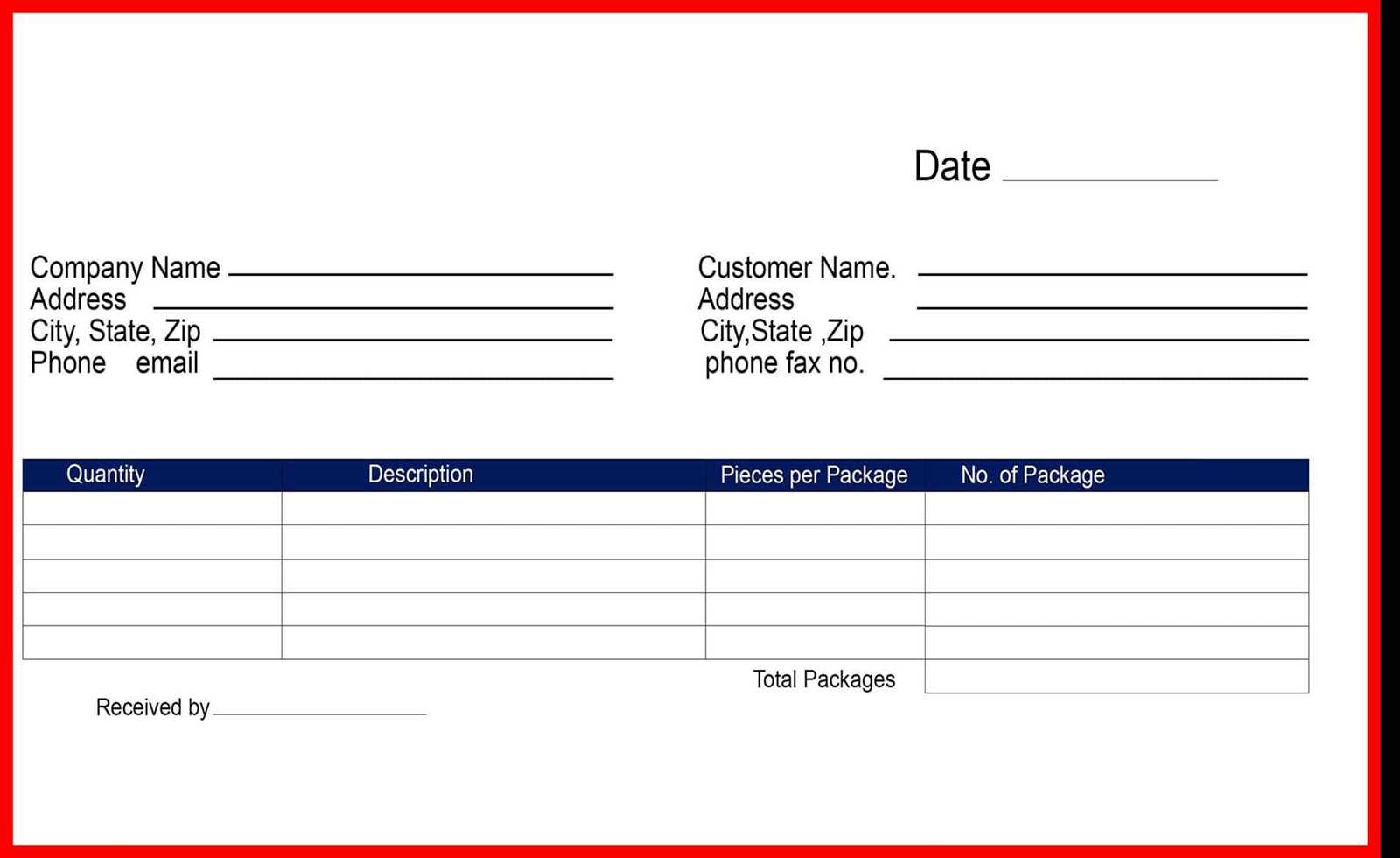
Each receipt should have essential details that ensure the transaction is legitimate and transparent. Here’s a breakdown of what must be included:
- Buyer’s Information: Full name, address, and a valid ID number or driver’s license number. This ensures the buyer is properly identified.
- Seller’s Information: Full name, business address, and contact details. It should also include the seller’s license number if applicable.
- Date of Transaction: Exact date when the purchase was made. This provides a clear record of when the item changed ownership.
- Item Details: Description of the firearm purchased, including make, model, caliber, serial number, and any other distinguishing features.
- Price: Total cost of the gun, including tax and any fees. Be specific about the breakdown of the price.
- Payment Method: Indicate whether payment was made via credit card, check, cash, or other methods.
- Transaction Number: If applicable, include a unique transaction number for reference in case of disputes or future follow-up.
Formatting and Clarity
Ensure the receipt is easy to read and free of ambiguity. Use clear, legible fonts and avoid jargon. The structure should allow quick identification of all relevant details. You may consider adding a footer for legal disclaimers or additional terms related to the sale, especially if there are any warranties or return policies.
By following this template, you ensure that both the buyer and seller are fully informed and the transaction is recorded for future reference or legal purposes.
To ensure a firearm purchase receipt complies with legal requirements, include the buyer’s and seller’s full legal names, addresses, and contact details. This verifies the transaction parties’ identities and satisfies documentation needs. Also, the receipt should specify the firearm’s details, including make, model, serial number, and caliber.
Buyer and Seller Information
Include complete legal names, residential addresses, and contact information of both the buyer and the seller. In some jurisdictions, the seller must verify that the buyer is legally permitted to own a firearm, so keeping records of identification numbers (such as a driver’s license or gun license) can be important. Both parties should sign the receipt to confirm the transaction.
Firearm Details
Clearly list the firearm’s specific details: make, model, serial number, and caliber. This helps ensure the weapon can be traced back if necessary and reduces the risk of legal issues. In some areas, additional information, like the type of firearm (e.g., rifle, shotgun, pistol), may be required.
| Field | Required Information |
|---|---|
| Buyer’s Full Name | Legal Name, Address, Contact Information |
| Seller’s Full Name | Legal Name, Address, Contact Information |
| Firearm Details | Make, Model, Serial Number, Caliber |
| Transaction Date | Exact Date of Purchase |
| Signature | Buyer and Seller Signatures |
Including these details not only meets legal standards but also protects both parties. Store the receipt in case future verification is required. Adjust the template to align with local laws, as some jurisdictions may have specific requirements for firearm transactions.
Include the following key information in your firearm purchase receipt to ensure a smooth and legal transaction:
Buyer’s Information
Provide the full name, address, and contact details of the buyer. This verifies their identity and ensures compliance with legal requirements.
Firearm Information
List specific details of the firearm, including make, model, caliber, and serial number. This helps identify the item in the transaction and provides a clear record of the firearm sold.
Transaction Details
Include the date of purchase, the total price of the firearm, and any applicable taxes or additional fees. Be specific about any payment methods used to document the complete transaction.
Seller’s Information
Provide the name, address, and contact details of the seller. This ensures that both parties are accountable in case of future issues or disputes.
Licensing and Legal Information
State the buyer’s proof of eligibility, such as a valid firearm license or background check information, as required by local laws. This verifies the buyer’s ability to legally purchase the firearm.
Signatures
Both parties should sign the receipt to confirm the terms of the sale and the transfer of the firearm.
These details create a clear and enforceable record of the firearm purchase, protecting both parties in the process.
Store firearm purchase receipts in a safe, organized manner. A fireproof or lockable storage box works best to protect physical receipts from damage or theft. Keep these receipts separate from other personal documents for easy access when needed.
1. Categorize and Label Receipts
- Group receipts based on the type of firearm or transaction. For example, group all handgun receipts together and rifle receipts separately.
- Label each group with a clear identifier, such as the make, model, or date of purchase. This helps locate specific receipts quickly in case of audits or warranty claims.
2. Digitize Receipts
- Scan or photograph receipts to create digital copies. This protects against loss or wear while keeping an accessible backup. Ensure digital files are clear and legible.
- Store digital copies in a secure, encrypted cloud storage service to prevent unauthorized access. Set up a backup system for additional security.
3. Keep Records of Firearm Registration
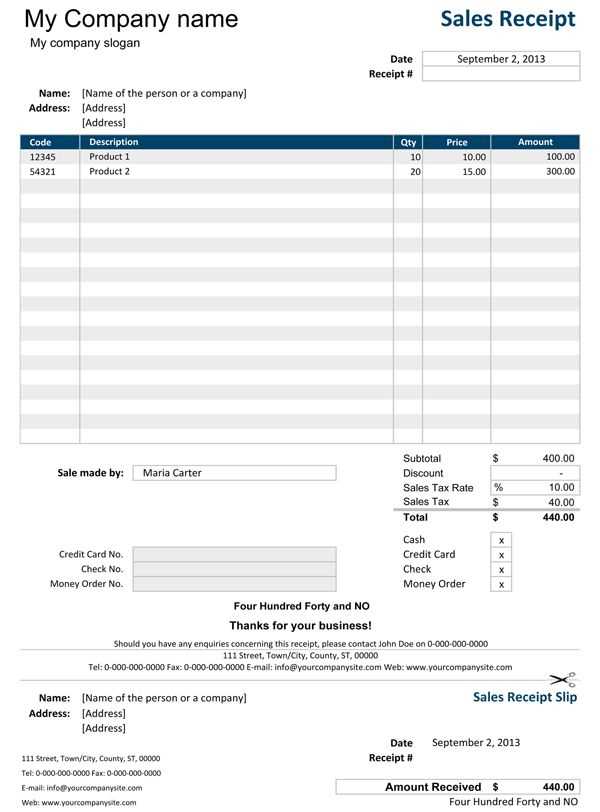
- In addition to purchase receipts, maintain records of firearm registration and serial numbers. These are vital in the event of theft or legal matters.
- Link each receipt with the corresponding registration record, and store them together for easy retrieval.
4. Regularly Review and Update Storage Practices
- Periodically check the condition of physical receipts, ensuring they remain legible. If receipts show signs of fading or damage, replace them with new copies.
- Review digital records to ensure proper file organization and security. Update passwords and access settings for online storage regularly.
In these versions, I replaced a few recurring words while keeping their meaning intact.
To maintain clarity and avoid redundancy, I adjusted some terms that were unnecessarily repeated. This makes the document flow more smoothly, without altering the context. For instance, where “purchase” appeared multiple times, I substituted it with synonyms like “acquisition” or “buying,” ensuring that the meaning remained clear. The aim was to enhance readability and ensure the document feels less repetitive, which contributes to a more engaging experience for the reader.
By making these minor changes, the message is communicated more efficiently without compromising the original intent. These subtle variations in wording can improve the overall tone of the text, making it sound less mechanical and more natural.

